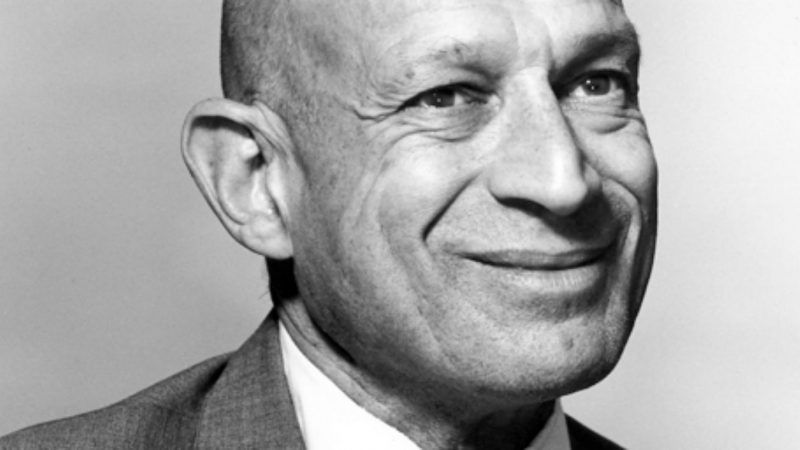Simon Abundance Index Launch on Monday at the Cato Institute
Mark the 49th anniversary of Earth Day by celebrating human ingenuity.

The Limits to Growth in 1972 featured calculations of "exponential reserve index" for important nonrenewable resources that assumed exponential growth rates in consumption while multiplying known reserves of each resource fivefold. After crunching the numbers, the authors reported, "The effect of exponential growth is to reduce the probable period of availability of aluminum, for example, from 100 years to 31 years (55 years with a fivefold increase in reserves). Copper, with a 36-year lifetime at current usage rates, would actually last only 21 years at the present rate of growth, and 48 years if present reserves are multiplied by five."
Let's consider copper. The World Bank reported that world reserves of copper stood at 154 million tons in 1960, rising to 451 million tons in 1976. At constant levels of consumption, the World Bank calculated that 1960 reserves would have lasted only 37 years and the 1976 reserves would be exhausted in 59 years. At a 2 percent annual growth rate, reserves would be depleted 28 and 40 years respectively.
The U.S. Geological Survey (USGS) reports, 47 years after the publication of The Limits to Growth, that world known reserves of copper stand at 830 million tons as of 2018. Furthermore the USGS notes that identified resources contain about 2.1 billion tons of copper, and undiscovered resources contain an estimated 3.5 billion tons. Evidently, the book's calculation that humanity should have been about to run out of copper in the next year or so turned out to be completely wrong.
Economist Julian Simon from the University of Maryland understood that the authors of The Limits to Growth were vastly underestimating human ingenuity operating under the rule of law in free markets to solve problems such as impending resource exhaustion. Simon challenged the gloomy prognostications made by the authors of The Limits to Growth in his brilliant books The Ultimate Resource in 1981 and the magisterial The Resourceful Earth, co-authored with Herman Kahn, in 1984.
This led to Simon's famous bet with population doomster Paul Ehrlich. In October 1980, Ehrlich and Simon drew up a futures contract obligating Simon to sell Ehrlich the same quantities that could be purchased for $1,000 of five metals (copper, chromium, nickel, tin, and tungsten) 10 years later at 1980 prices. If the combined prices rose above $1,000, Simon would pay the difference. If they fell below $1,000, Ehrlich would pay Simon the difference. In October 1990, Ehrlich mailed Simon a check for $576.07. There was no note in the letter. The price of the basket of metals chosen by Ehrlich and his cohorts had fallen by more than 50 percent.
Inspired by Simon's pioneering analyses, Marian Tupy,* editor of Human Progress at the Cato Institute, and Professor Gale Pooley from Brigham Young University-Hawaii have devised the Simon Abundance Index. Tupy and Pooley use data on 50 different commodities to track their price trajectories over the past 37 years from the World Bank and International Monetary Fund. The index measures the timeprice of commodities and change in global population to estimate overall resource abundance. They find that the planet's resources became 379.6 percent more abundant between 1980 and 2017.
At 11:00 a.m on Monday, April 22, to mark the 49th anniversary of Earth Day, the Cato Institute is holding a public event to unveil the Simon Abundance Index. Besides Tupy and Pooley, the event will feature as speakers Julian Simon's son David M. Simon and techno-utopian George Gilder, author of Life after Google. Folks in the Washington, D.C. area can go here to register to attend the event or sign up to see it online.
Happy Earth Day!
*Disclosure: Marian Tupy and I are working together on book that tracks and explains nearly 100 global population, income, commodity, and environmental trends.



Show Comments (11)